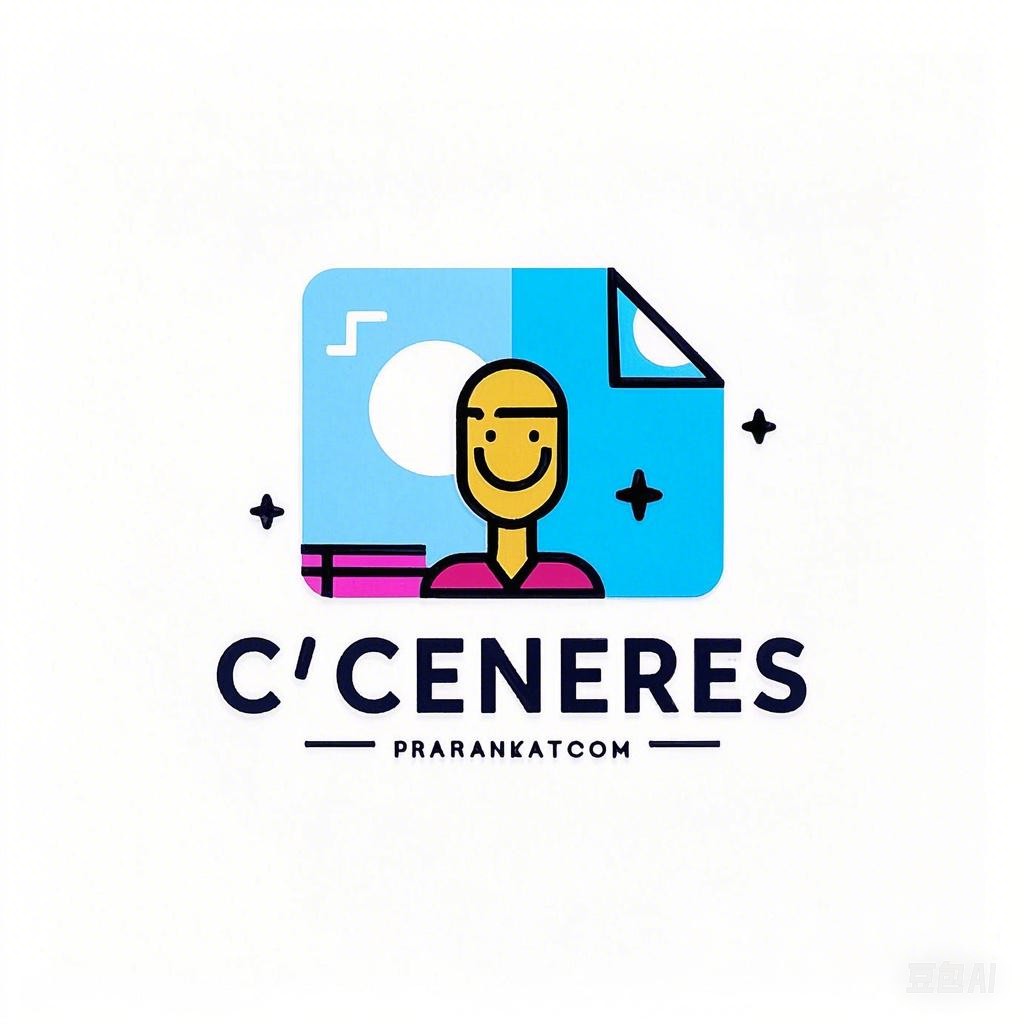Introduction
A self-introduction in a professional setting is a critical tool for making a strong first impression. Whether you’re new to the job, attending a networking event, or seeking a promotion, a well-crafted self-introduction can set the stage for your career success. This article will delve into the art of crafting a compelling English self-introduction in the workplace, providing tips, examples, and best practices to help you shine.
Understanding the Purpose of a Self-Introduction
Before diving into the specifics of how to construct a self-introduction, it’s important to understand its purpose. A self-introduction serves several key functions:
- Making an Initial Impression: It’s your opportunity to introduce yourself to others and make a memorable first impression.
- Building Rapport: A well-delivered self-introduction can help establish a connection and build rapport with your audience.
- Establishing Professional Identity: It allows you to present your professional identity and the value you bring to the table.
- Facilitating Communication: It sets the stage for effective communication and collaboration.
Structure of a Self-Introduction
A typical self-introduction follows a structured format, which can be broken down into the following components:
- Greeting: Start with a polite greeting, such as “Good morning, everyone,” or “Hello, my name is [Your Name].”
- Name and Position: Clearly state your name and current position or role within the organization.
- Background Information: Provide a brief overview of your professional background, including relevant experience and education.
- Professional Achievements: Highlight any notable achievements or skills that are relevant to your role.
- Personal Insights: Share a personal insight or anecdote that can help others understand your personality and work ethic.
- Closing: End with a strong closing statement that leaves a lasting impression.
Crafting Your Self-Introduction
Greeting
Start with a simple, polite greeting that sets a positive tone for your introduction. For example:
“Good morning, everyone. My name is Sarah Johnson, and I’m delighted to be here today.”
Name and Position
Next, clearly state your name and position. Be concise and professional. For example:
“I’m Sarah Johnson, and I’m currently serving as the Marketing Manager at ABC Corporation.”
Background Information
Provide a brief overview of your professional background. This can include your education, industry experience, and any relevant certifications or training. For example:
“With a Bachelor’s degree in Marketing and over seven years of experience in the industry, I have had the opportunity to work on various marketing campaigns and strategies.”
Professional Achievements
Highlight any notable achievements or skills that are relevant to your role. This can include successful projects, awards, or areas of expertise. For example:
“Most recently, I led a team that successfully launched a new product line, resulting in a 20% increase in sales within the first quarter.”
Personal Insights
Share a personal insight or anecdote that can help others understand your personality and work ethic. This can be a short story that demonstrates your values or approach to work. For example:
“I believe that effective communication is the key to success in any team, and I strive to foster an open and collaborative environment where everyone’s ideas are valued.”
Closing
End with a strong closing statement that leaves a lasting impression. This can be a statement about your future goals or a call to action. For example:
“I’m excited about the opportunities that lie ahead at ABC Corporation, and I look forward to contributing my skills and passion to our continued success.”
Conclusion
Crafting a compelling English self-introduction in the workplace is a valuable skill that can help you make a strong first impression and build professional relationships. By following the structure and tips outlined in this article, you can create a self-introduction that effectively communicates your professional identity and sets the stage for success in your career.
